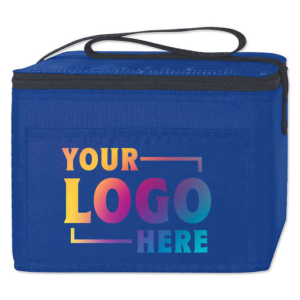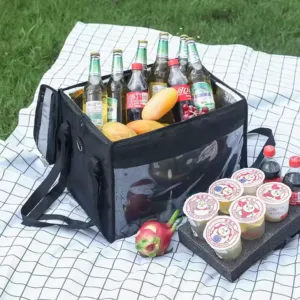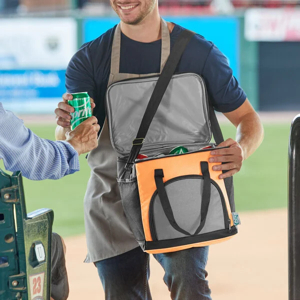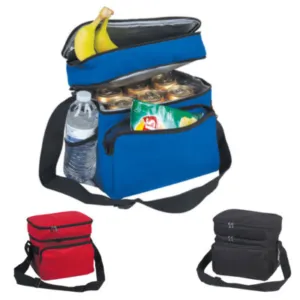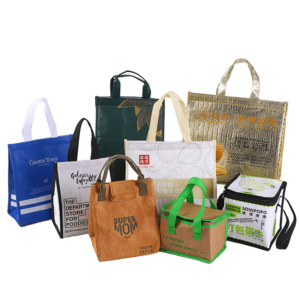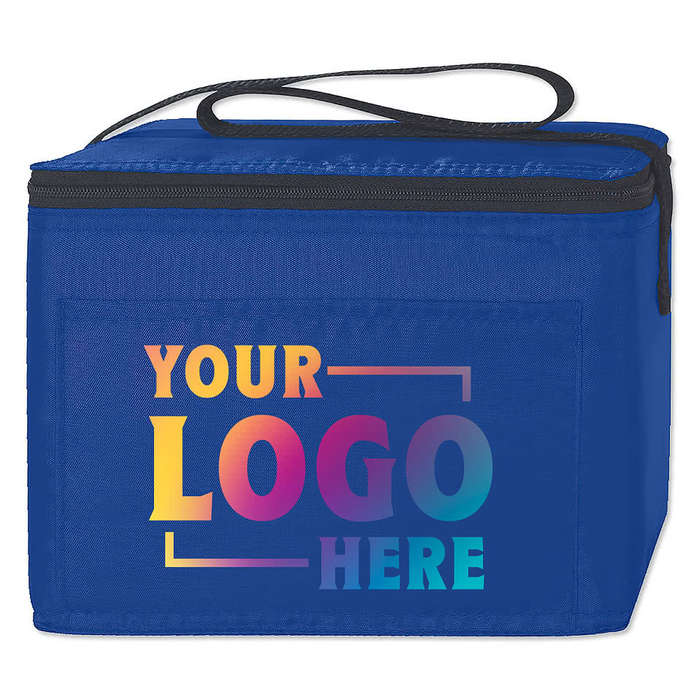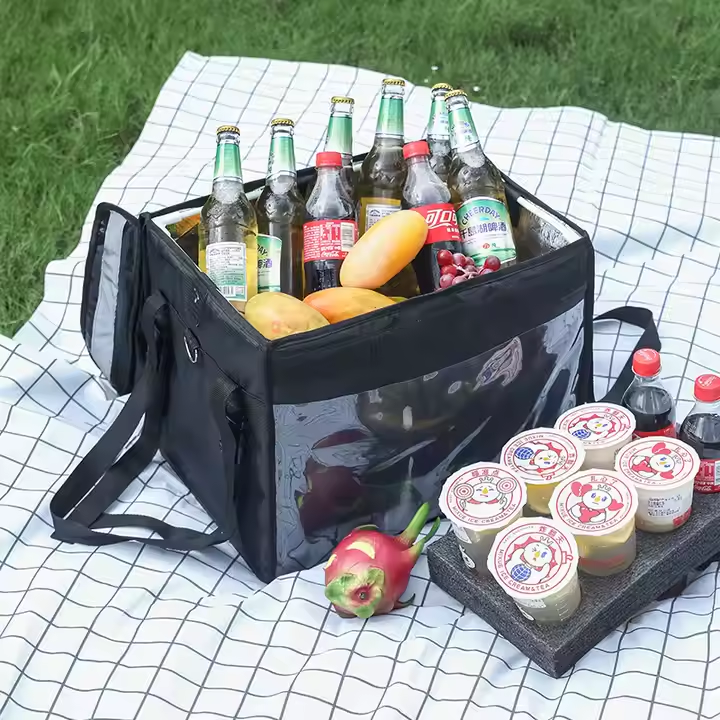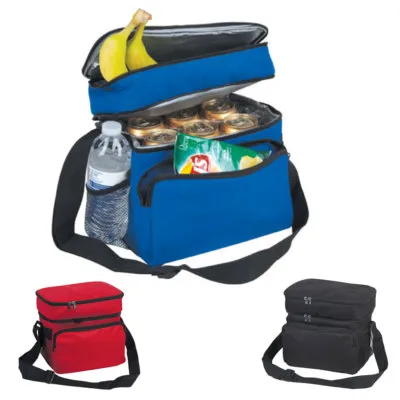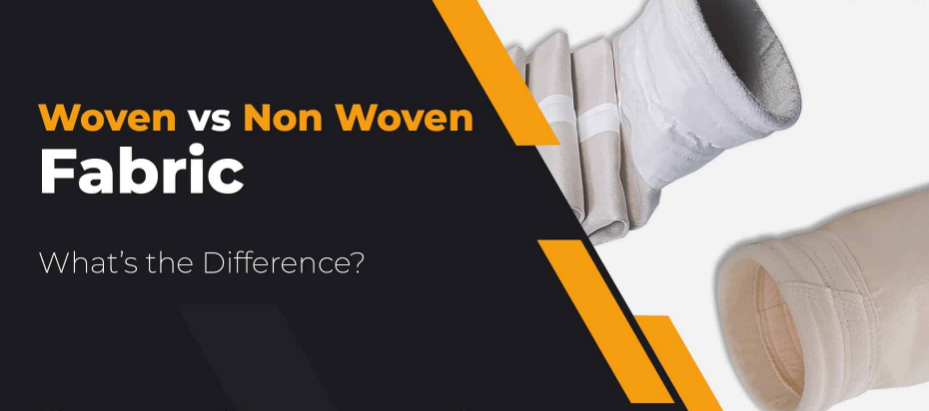
Have you ever wondered about the key differences between woven and non-woven bags? Both are commonly used in everyday products, but which one is the best choice for your needs? Let’s break it down.
Woven bags are made from interlaced fibers, while non-woven bags are made by bonding fibers together. Both serve different purposes, so the choice depends on your needs.
How can you tell the difference between woven and non-woven?
Woven bags are made by interweaving threads, creating a sturdy fabric. Woven bags1 are typically produced by weaving yarns or fibers together, which creates a strong, durable fabric. On the other hand, non-woven bags2 are made from fibers that are bonded together using heat or chemicals, resulting in a softer, less durable material.
The main difference lies in the construction: woven bags1 have interlaced fibers, while non-woven bags2 are formed by bonding fibers. This difference in construction determines their strength3 and use cases.
Woven Bags
Woven bags are produced by weaving yarns or fibers together, much like how fabric is made. This process creates a strong, durable product that is often used for items that require more structural integrity, such as grocery shopping bags or heavy-duty storage bags. The strength3 of woven bags makes them suitable for carrying heavier loads, unlike nonwoven bags which are more appropriate for lighter items.
Advantages of Woven Bags
| Feature | Woven Bags |
|---|---|
| Durability | High |
| Water Resistance | Moderate |
| Weight | Heavier than nonwoven |
| Reusability | Can be reused multiple times |
| Customization | Can be printed or embroidered |
Woven bags are ideal for businesses needing custom branding. The strength of woven bags makes them suitable for carrying heavy items, and they can be printed on easily for brand visibility. However, their heaviness can be a drawback for some users.
Non-woven Bags
Non-woven bags are made from synthetic fibers that are bonded together by heat or chemicals, which makes the fabric more flexible but less durable than woven bags. Non-woven bags are often used for promotional items or lightweight applications.
Advantages of Non-woven Bags
| Feature | Non-woven Bags |
|---|---|
| Durability | Moderate to low |
| Water Resistance | Low |
| Weight | Lightweight |
| Reusability | Can be reused several times but wears out faster |
| Customization | Easy to print, limited customization |
Non-woven bags are generally less expensive to produce and can be made quickly in large quantities, making them an excellent choice for one-time events or giveaways. However, they are less durable and offer less protection for heavy items.
Are non-woven bags good or bad?
Non-woven bags are a great option for eco-friendly, lightweight carrying solutions. However, they do have some limitations. They are not as durable as woven bags, and their environmental impact can vary depending on the type of materials used.
Non-woven bags are ideal for short-term use and are eco-friendly, but they are less durable than woven bags and may wear out quickly.
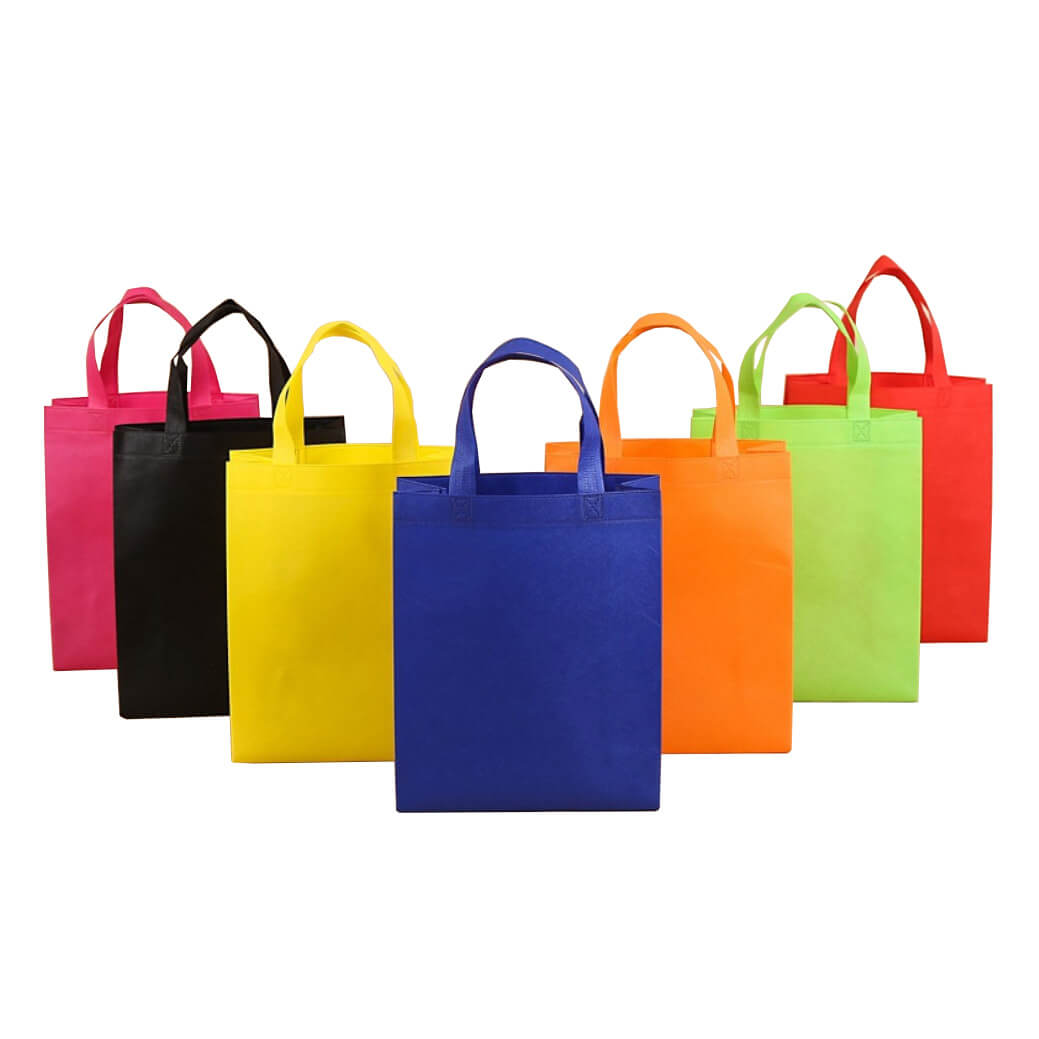
Environmental Impact of Non-woven Bags
The production of non-woven bags involves the use of synthetic fibers, which can have a significant environmental impact if not disposed of properly. However, many nonwoven bags are made from recycled materials, and some are biodegradable. It’s important to choose a supplier who uses eco-friendly materials.
Non-woven Bags and Sustainability
| Environmental Factor | Non-woven Bags |
|---|---|
| Materials Used | Often made from recycled polypropylene or PET |
| Biodegradability | Limited, varies with material |
| Recyclability | Can be recycled, but not widely accepted |
| Carbon Footprint | Lower than some woven bags due to lower production energy |
In comparison to woven bags, non-woven bags are often seen as more sustainable in terms of production costs and energy consumption. However, the issue lies in their limited recyclability and shorter lifespan.
Are woven bags good or bad?
Woven bags are highly durable and provide great value for long-term use. However, they do come with a higher cost and a heavier weight, which might not be ideal for everyone.
Woven bags are durable, reusable, and ideal for heavy-duty purposes, but they tend to be heavier and more expensive than nonwoven bags.
Woven Bags for Heavy-Duty Use
Woven bags are commonly used for industrial or commercial purposes, especially when there is a need for a sturdy bag. They can carry heavier items without tearing or losing shape, making them ideal for shipping, storage, and bulk purchases.
Woven Bags and Heavy-Duty Applications
| Use Case | Woven Bags |
|---|---|
| Grocery Shopping | Strong and reusable |
| Shipping & Storage | Ideal for bulk items |
| Promotional Products | Great for branding |
| Outdoor Use | Long-lasting and sturdy |
Although woven bags are more expensive, their durability makes them a cost-effective choice in the long run. If you are looking for a product that can handle heavy loads and be reused many times, woven bags are the better choice.
Which is better, woven or non-woven?
The decision between woven and nonwoven bags depends on your needs. If you need durability and strength, woven shopping bags are the way to go. If you need something cost-effective and eco-friendly for promotional use, non-woven tote bags might be the better option.
Woven bags are ideal for heavy-duty use, while nonwoven bags are lightweight and cost-effective for temporary or promotional purposes.
Comparison of Woven vs Non-woven Bags
| Criteria | Woven Bags | Nonwoven Bags |
|---|---|---|
| Durability | High | Low to moderate |
| Weight | Heavier | Lightweight |
| Reusability | High, can last years | Moderate, wears out faster |
| Customization | High, can be embroidered or printed | Limited, mostly printing |
| Cost | Higher | Lower |
In conclusion, woven shopping bags4 are best for long-term use, durability, and heavy-duty tasks, while non-woven tote bags5 are more suitable for short-term or promotional uses.
Conclusion
Both woven shopping bags4 and non-woven tote bags5 have their advantages depending on the intended use. For durability and long-term reliability, I recommend woven bags. But for cost-effective, eco-friendly options, nonwoven bags can be a great choice. At JiaRong Packing, we offer both types of bags, ensuring that we meet the needs of our diverse customers. Feel free to reach out to us for more information or to place an order: JiaRong Packing.
-
Learn about the materials and benefits of woven bags for different applications. ↩ ↩
-
Understand how nonwoven bags are made and their unique properties. ↩ ↩
-
Learn about the top advantages of woven bags, including durability and usage. ↩ ↩
-
Discover how nonwoven tote bags can be a sustainable and budget-friendly choice for businesses. ↩ ↩


